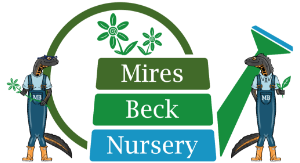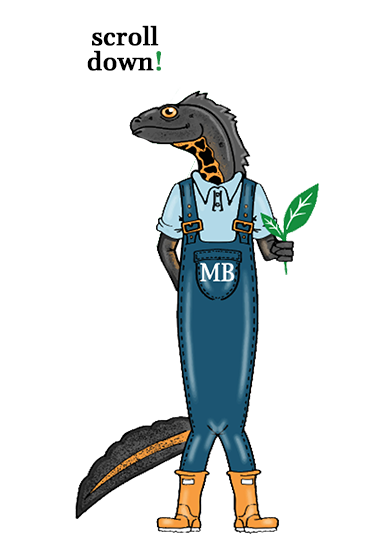Fagus sylvatica (Beech)
Other Names: European Beech, Common Beech
Description: A large deciduous tree that cast lots of shade from a dense, cathedral like canopy. It is often found in stands of pure Beech as few other trees grow in a beech woodland. When found in stands, the trunk is often tall and straight and covered in a grayish smooth bark. The reddish-brown leaf buds are torpedo-shaped and have a distinctive criss-cross pattern. They form hairy seed pods which fall and release Beech “Mast” seeds. The tree has fairly shallow roots which can often be seen on the surface, especially in stoney ground.
Uses: Largely because of it tall, straight growth, Beech wood is used for a variety of purposes including furniture, cooking utensils, fuel, tool handles and ports equipment. The “Mast” or seeds where often used to fatten pigs and can be ground down to produce an oil used in cooking.
Conservation Value: Due to its large and dense canopy some rarer species are associated with beech trees and Beech woods including box, coralroot bittercress and a range of orchids. The leaves are a food source for many moths and butterflies and the abundant seed fall each year provides food for birds and small mammals. Native truffle fungus relies on beech woodland almost exclusively.
Preferred Locations: Chalk, clay, sand or loam but most often alkaline soils. Beech is not very tolerant of wet conditions and prefers dry, well drained ground and a full sun to partial shade location.
Size: Mature trees can reach a height of 40m with a canopy spread 8m to 12m.
Time to reach full height: 20 to 50 years.
Lifespan: Up to 400 years.
Ilex aquifolium (Holly)
Other Names: Common Holly, European Holly, English Holly, Christmas Holly
Description: This evergreen medium sized tree or shrubs is ever popular with the public, especially around Christmas. It is getting more common due to increased planting and is common in woodlands, hedges and scrub. Can be seen easily in winter and has prickly leaves for first1.5m then rounded further up. Small red berries appear in Autumn and can stay on the tree all winter. The Holly can resist both frost and drought well.
Uses: Holly wood is the whites of all native woods and is hard and straight grained. This makes it useful in intricate engraving on furniture or for wood turning. The foliage is used extensively for decoration at Christmas.
Conservation Value: Holly provides excellent protection and cover for nesting birds while its dried out fallen leaves are used by hedgehogs and small mammals for hibernation. The flowers are used by many insects for nectar while the leaves are eaten my several moths caterpillars. The berries are an essential food source for birds and small mammals, especially I winter when food is scarce.
Preferred Locations: The Holly is tough and can tolerate a range of conditions including clay, sand, loam and chalk but prefers slightly damp areas in full or partial shade.
Size: Usually 4m to 8m but trees can reach 15m with a 2.5m to 4m canopy spread.
Time to reach full height: 20 to 50 years.
Lifespan: Up to 300 years.

